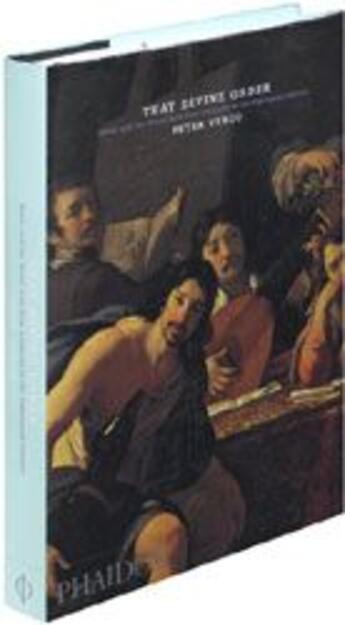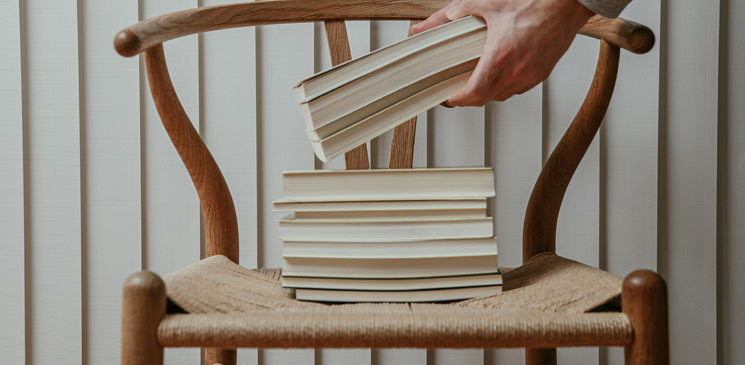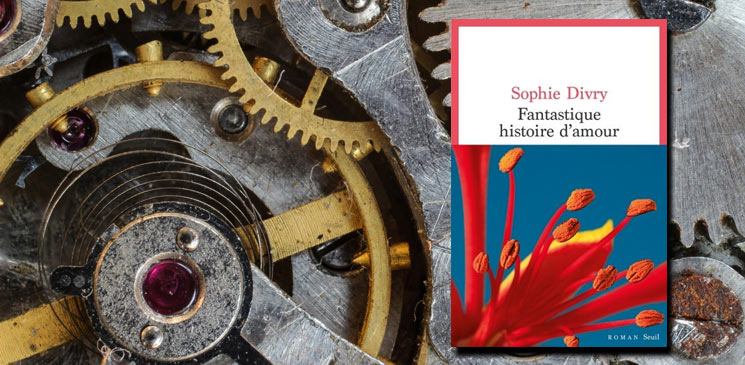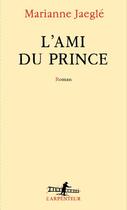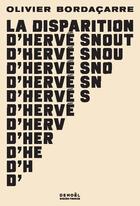-
Date de parution : 22/09/2005
-
Editeur :
Phaidon Press
-
EAN : 9780714843513
-
Série :
(-)
-
Support :
Papier
Résumé:
Ever since antiquity, philosophers have pointed to the supposed 'divine' character of music and - following Pythagoras' discovery of the mathematical basis of the musical scale - posited a link between the mathematical order of music, the physical order of the universe and the moral order of... Voir plus
Ever since antiquity, philosophers have pointed to the supposed 'divine' character of music and - following Pythagoras' discovery of the mathematical basis of the musical scale - posited a link between the mathematical order of music, the physical order of the universe and the moral order of human society. Both practising artists and moralists came to believe that, by demonstrating an analogy with music, they could claim a dignity and value for their art - whether painting, architecture or sculpture - that it might otherwise lack.
Why was this so? What was the point of such analogies? What advantages was music believed to enjoy in comparison with the visual arts? Artists and critics frequently cited music as a manifestation of a God-given order to which visual arts should aspire. But on what evidence was this belief in the inherently systematic character of music based; and in practical terms, how might visual art seek to emulate any such divine order or system? In what way might Gothic cathedrals have been based on systems of harmonic proportion? How did Poussin's search for a compositional principle derived from antique 'modes' in music resemble, or differ from, Palladio's attempts to embody musical 'harmonies' in architecture? And how did each artist conceive of the sense and value of such analogies?
Systematic answers to such questions have hitherto been lacking. For the first time, Peter Vergo makes direct and detailed comparisons between musical and pictorial practices in the long period covered by the book. He also provides a broad analysis of changes in the character of the analogies drawn at different times, using critical and philosophical sources as well as evidence about artistic and musical practice. That Divine Order will be of strong interest to art historians and musicologists, to practising artists and musicians, to students of cultural history and to anyone interested in aesthetic theory and interdisciplinary studies.
Donner votre avis



